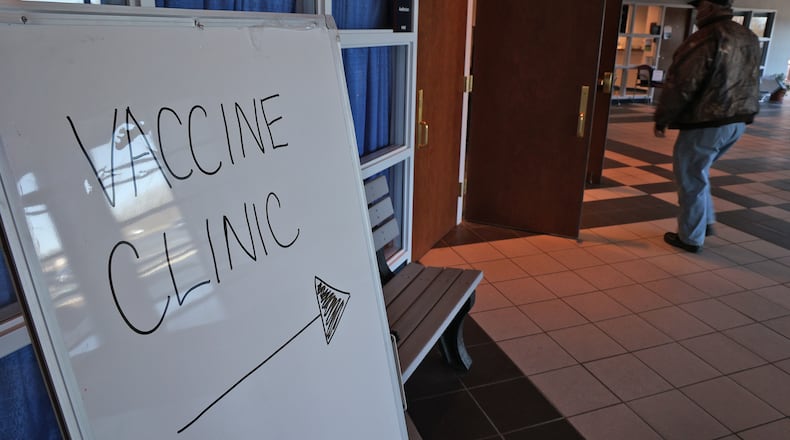“It’s really too early for us to be able to definitively say that the uptick that we’re seeing now is the direct result of delta or the direct result of a post-holiday bump,” he said. “It could be both, it could be that plus other things.”
In the last 21 days, Ohio is averaging 264 cases a day, according to the state health department. However, it’s averaging about 295 cases a day since July 4 and 319 cases a day in the last week.
Though it’s too soon to tell what’s behind the increase, Vanderhoff noted that context matters.
“As we are looking around the world and around the country, we’re seeing that where delta has gone, delta has driven significant upticks,” he said. “We know two things for sure: Delta is here. and it is rising rapidly. Secondly, we know that we’re seeing, after a long period of continuous decline, now several days of an uptick. When we put those pieces together, it sure makes one think delta might be at play here, that we might be seeing the beginning of delta’s impact on Ohio.”
In central Ohio, hospitals are seeing a slight increase in COVID patients admitted in the last week, said Andrew Thomas, The Ohio State University Wexner Medical Center chief clinical officer.
“I think some of that rise is most likely a small bump in cases coming out of the July 4th holiday, and we’re now seeing those cases become hospitalizations,” he said.
Statewide, ODH is reporting an average of 33 hospitalizations a day in the last three weeks. Ohio is also averaging 33 hospitalizations a day since July 4 and in the last seven days.
Since July 4, Ohio’s average nearly 33 hospitalizations a day and 33 a day in the last week.
While the delta variant appears to be more contagious, the three vaccines available in the U.S. do offer protection against it, Vanderhoff said.
“Our vaccines have held up extremely well,” he said. “It really does create a greater sense of confidence about the quality of the vaccines that we have.”
About the Author
